McLaren’s New GT Is The British Brand’s Most Refined Road Car Yet
Supercar goals.
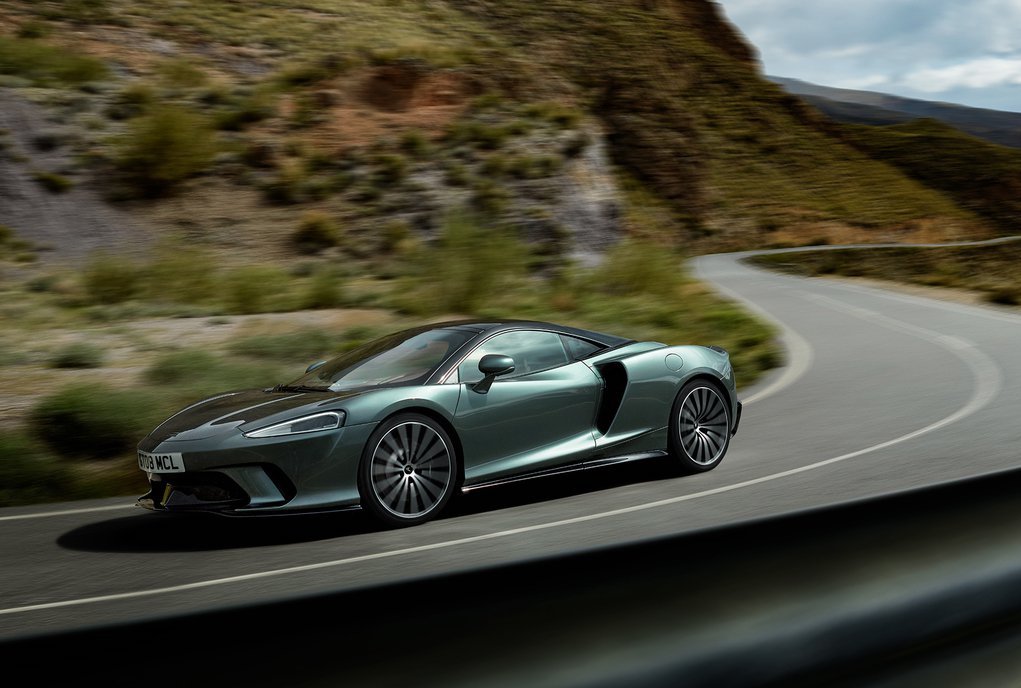
In the mere eight years since McLaren Automotive, the British supercar marque born of McLaren Racing, debuted its first independent production car, the brand has become one of the most highly regarded in the world.
With an impeccable racing pedigree and performance to match, incredibly beautiful designs, and more than a bit of James Bond flair, it’s no shocker that the business has become an astounding success nearly overnight, with 4,800 cars sold globally in 2018 up from just 400 in 2011.
Made to be true driver’s cars, McLaren’s creations, from the “starter” 570S which costs $192,000, to the eye-popping $1.4 million Senna GTR, deliver an adrenaline-fueled experience from the moment you turn the key in the ignition and the competition-bred engine snarls to life.
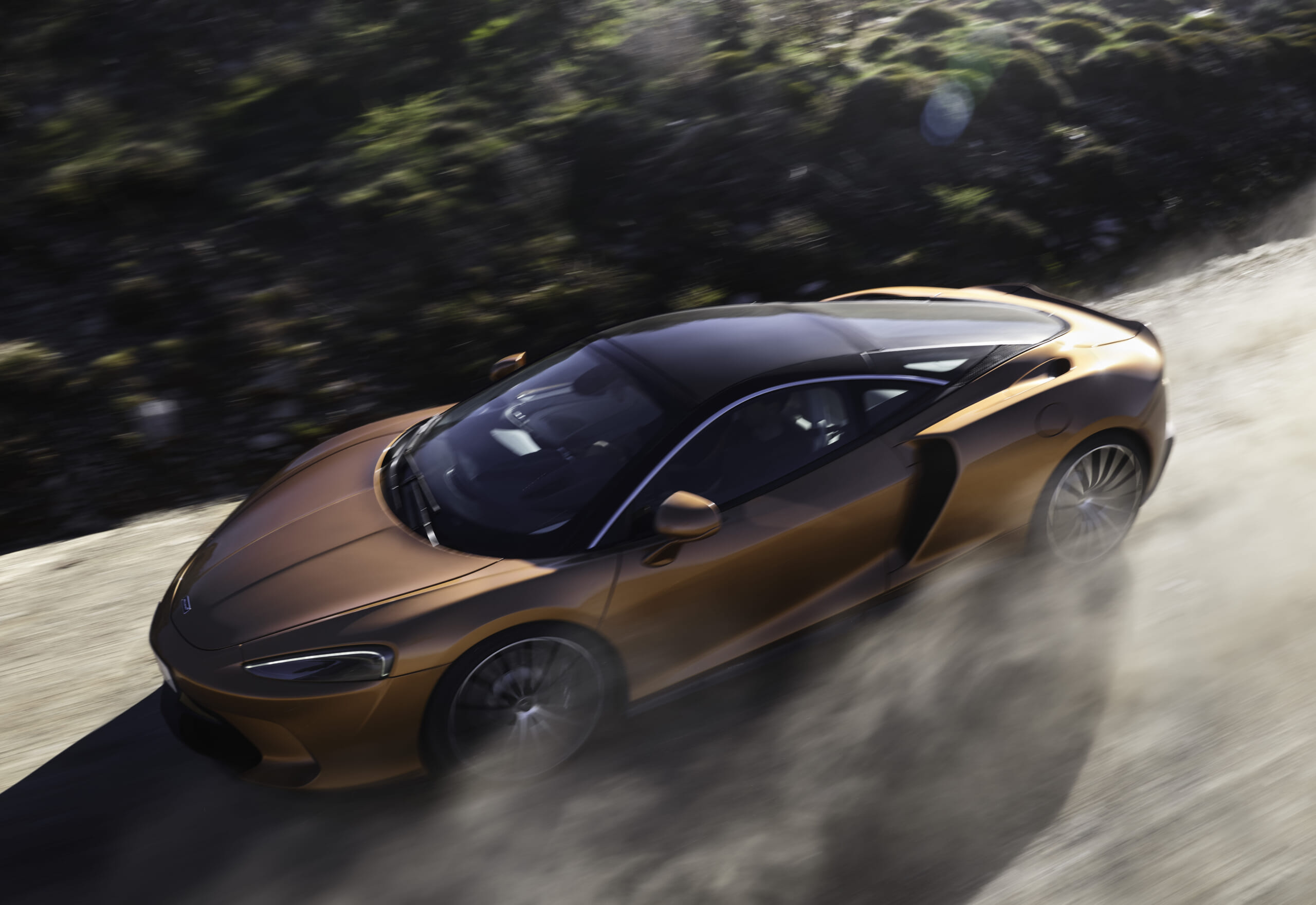
Now however, McLaren is preparing to enter a new era with its first-ever touring car: the McLaren GT, for grand tourer.
Powered by a newly-developed 4.0-liter twin turbo V8 good for 612 hp and 465 lb-ft. of torque, it’s capable of 0-62 mph in 3.2 seconds and boasts a top speed of 200 mph. In no way a watered-down version of an existing model, the GT represents a whole new product line for McLaren (which now operates as the McLaren Group), alongside its Sports, Super and Ultimate Series.
Priced comparably to the 570S Spider, which starts at $208,800 in the U.S., the mid-engined McLaren GT’s chief competitors include the the Aston Martin DB11 V8 ($198,995), Porsche 911 Turbo S ($190,700) and Ferrari Portofino ($215,000). McLaren claims the GT is lighter and has more horsepower than all three, while it also shares DNA with the new limited edition hybrid Speedtail, the fastest McLaren to date.
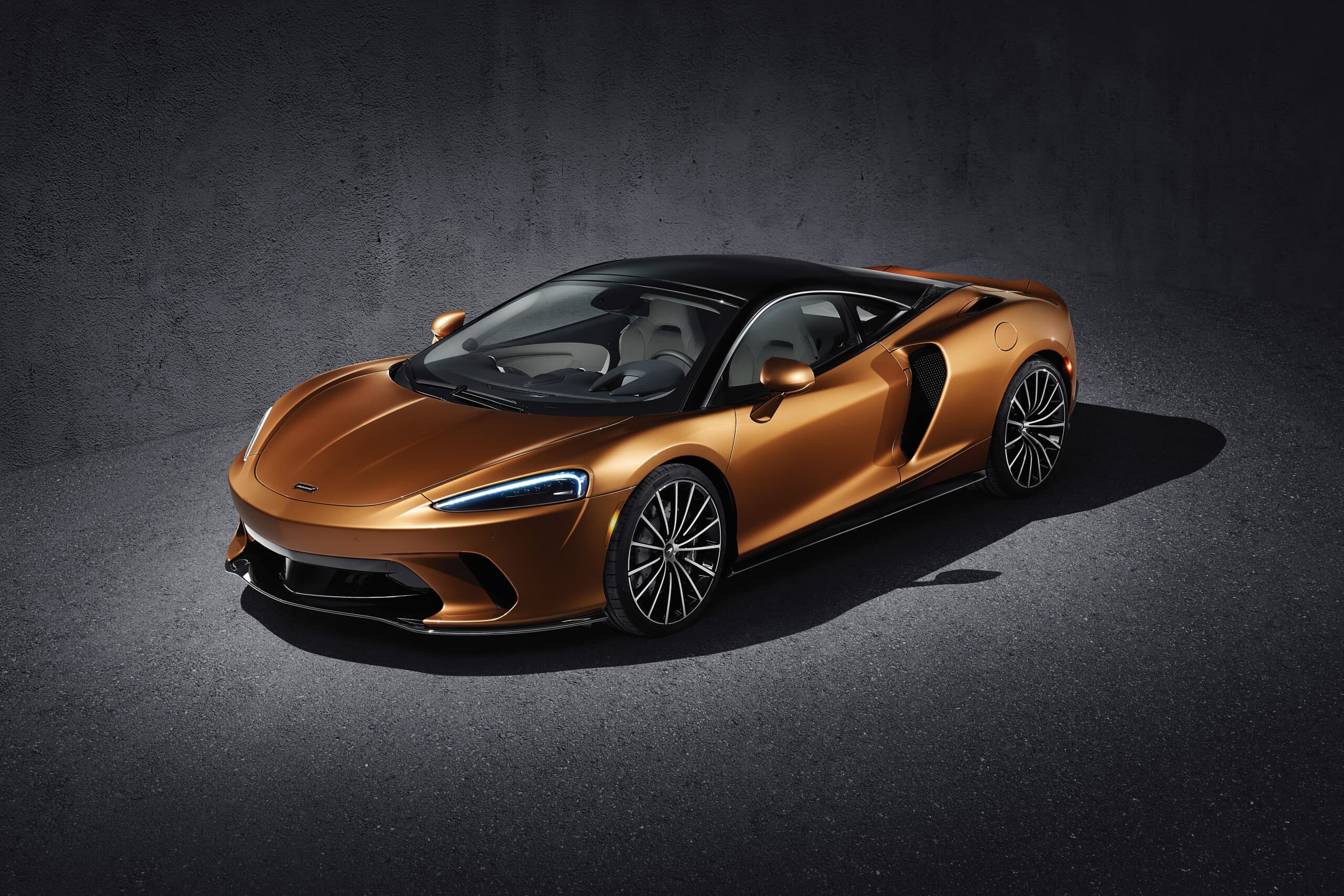
And while the GT’s exterior design is slightly more docile than McLaren’s sportier models, the brand has given its traditionally spartan interiors an upgrade.
The GT’s cabin can be specified in semi-aniline leather, or leather and pure cashmere on the model’s Atelier trim level, while ambient lighting, technical and functional “jewelry”–like metalwork and an upgraded and more intuitive infotainment system place it firmly in the luxury sphere.
Compared to other McLaren models it’s designed to be more comfortable over greater distances with a more spacious interior giving it “continent-crossing capability,” though McLaren has chosen to forego the traditional grand tourer’s 2+2 seating arrangement in favor of an impressive amount of cargo space both fore and aft, which can accommodate a full-sized set of golf clubs as well as luggage, or two sets of skis and boots.
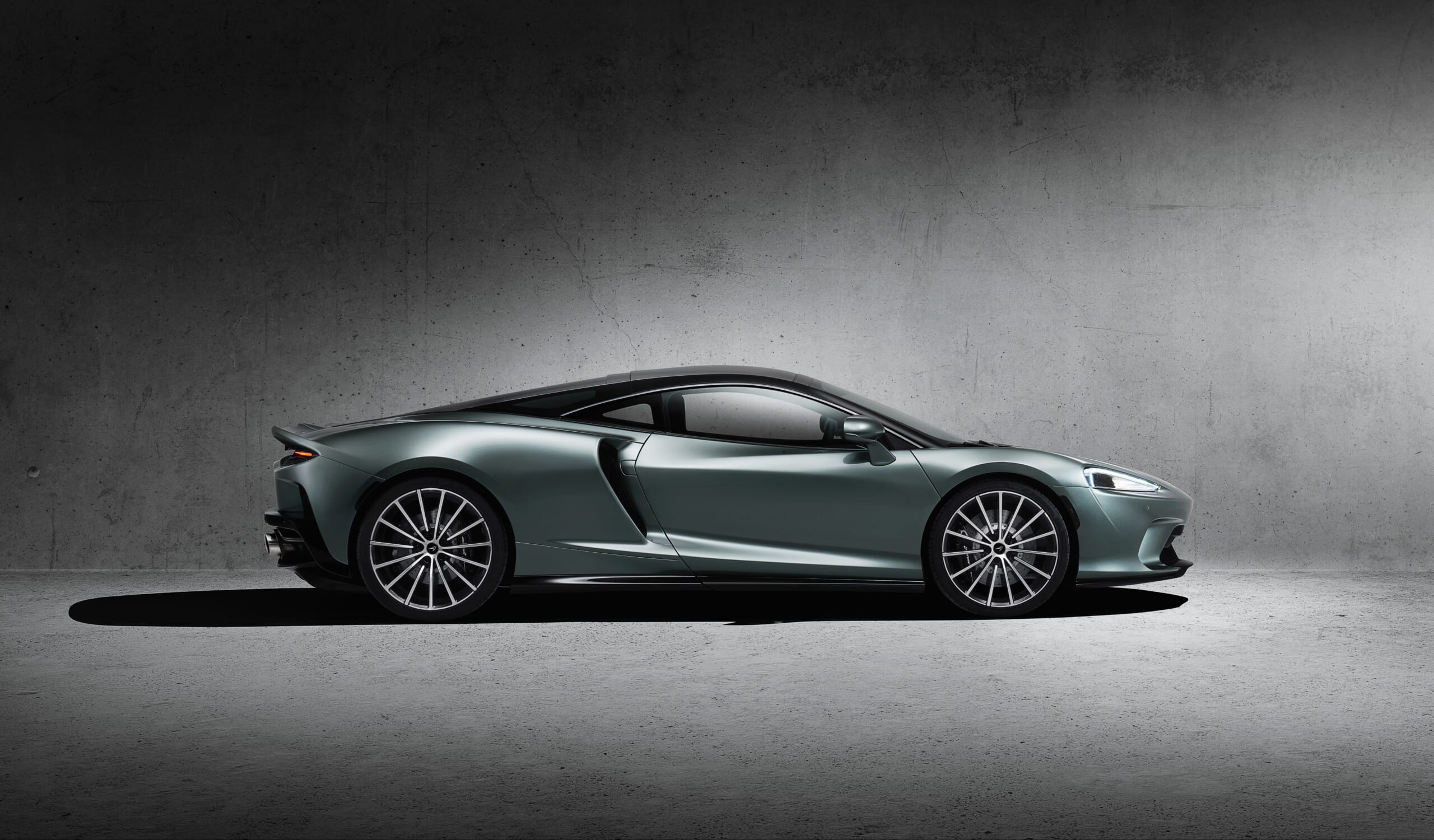
That’s in addition to rapid throttle response, a bespoke exhaust system highlighting a “bass heavy” engine note, hydraulic steering, proactive damping control, braking and steering optimized for maneuvering at low speeds, and 360-degree visibility through glazed c-pillars, roof, and swooping tailgate.
Small wonder, then, that McLaren Automotive CEO Mike Flewitt says he will be first in line for one of the new GTs.
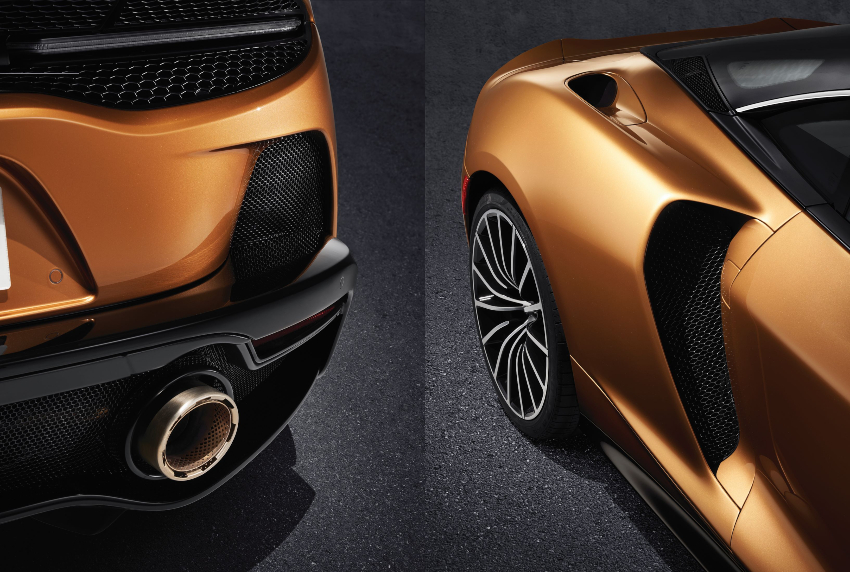
“I’m intending to use the car as a daily driver,” Flewitt tells Maxim. “I think it is very practical…. Apart from the luggage space and the comfort and [better] sound insulation, you’ve also got a slightly different stance to the vehicle. There’s a little more ground clearance at the front [and a] very slightly higher seating position in the car. Everything about it is oriented to… more comfort, a little more usability,” without sacrificing McLaren’s legendary driving dynamics.
“I think this gives us a real opportunity to broaden our customer base,” he adds. Grand tourers or GT cars “cover quite a broad spectrum in the market. There are very capable grand tourers from brands like Bentley where [it] is the evolution of a saloon car.”
On the smaller end of the scale are true supercars with grand tourer attributes, and with the GT, McLaren is aiming to be the best in that class. If performance and handling are a priority, “you come to McLaren,” Flewitt says.
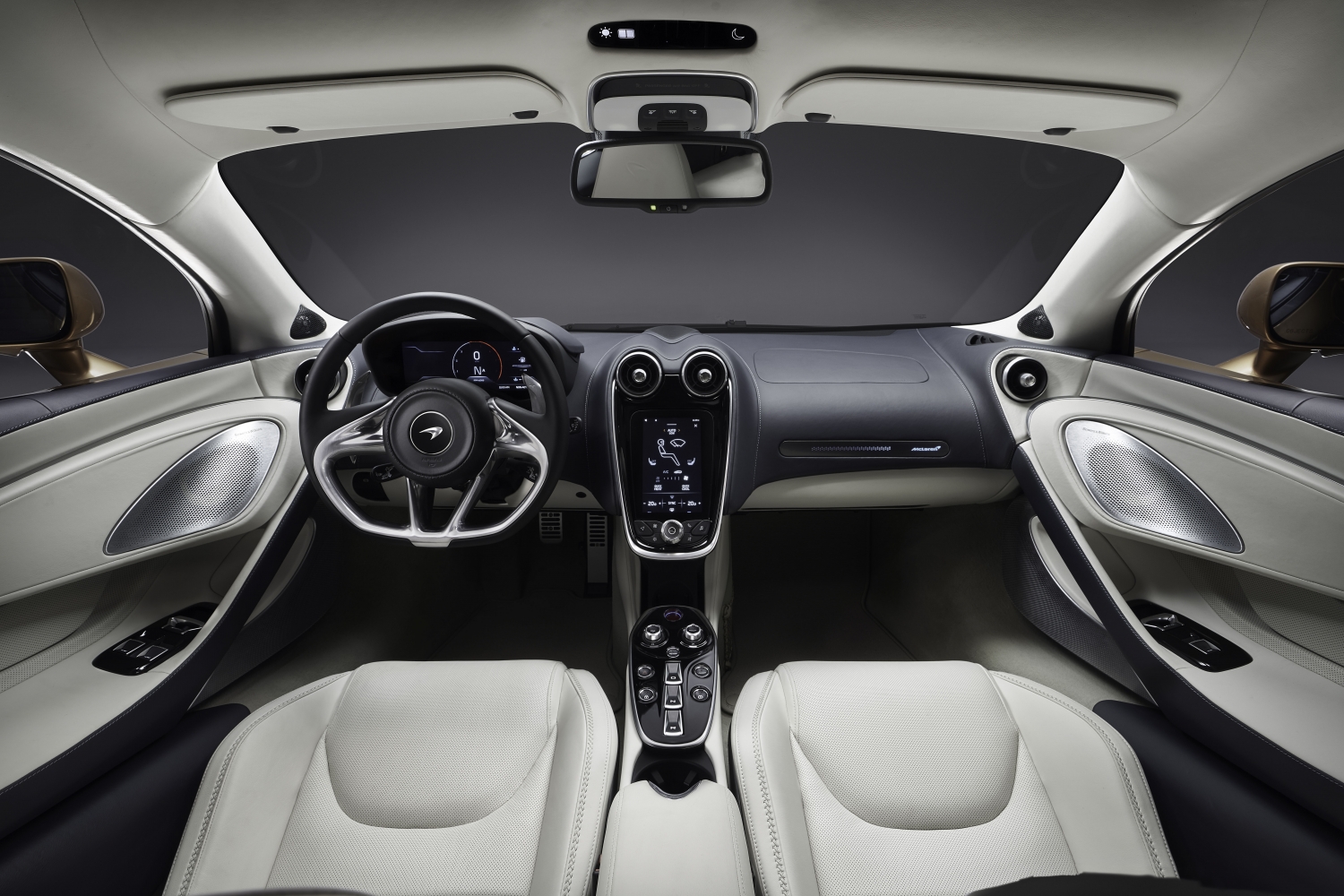
“Our car will be super light. It’ll be the lightest car in its class. It’ll have great driving dynamics…. What we’ve really done is alter the mix here of the McLaren characteristics, [and] we’ve added to that a little more luxury…. [But] it’s still a pretty sharp drive.”
Like McLaren’s other models it is being built by hand at the marque’s ultra-high tech Production Centre in Woking, UK. Each car is constructed to order, but if you want something even more customized you’ll have the option of bringing in McLaren’s Special Operations (MSO) division.
Flewitt says they have already “designed in parallel some unique optional features that will be made available on the car for customers to choose from. In addition, they’re always open to individual conversations with customers. One of the things that I think works best in McLaren is when an individual comes and talks to MSO about what it is they want. What we try to do is cater for that individuality, that ability to bespoke a product…. We’re very open to having those conversations and delivering that for the customer to have a unique proposition.”
https://www.instagram.com/p/Bxfd6bNHcEX
It’s all part of the company’s ambitious Track25 business plan to release an astonishing number of new models and derivatives by 2025, representing a $1.5 billion investment in new product development.
“That money would bring in 18 new models through that period,” Flewitt notes. “We would be moving into electrification, so primarily hybrids from 2020 to 2022, 2023 onwards…. We are developing an EV [electric vehicle] proposition [and] a successor to the P1 [plug-in hybrid]. I said at the time of the [P1’s introduction] we thought [it] would be about every 10 years doing a vehicle that really set new standards in terms of technology for road and track use. [And] we will deliver that car before the end of 2025.”
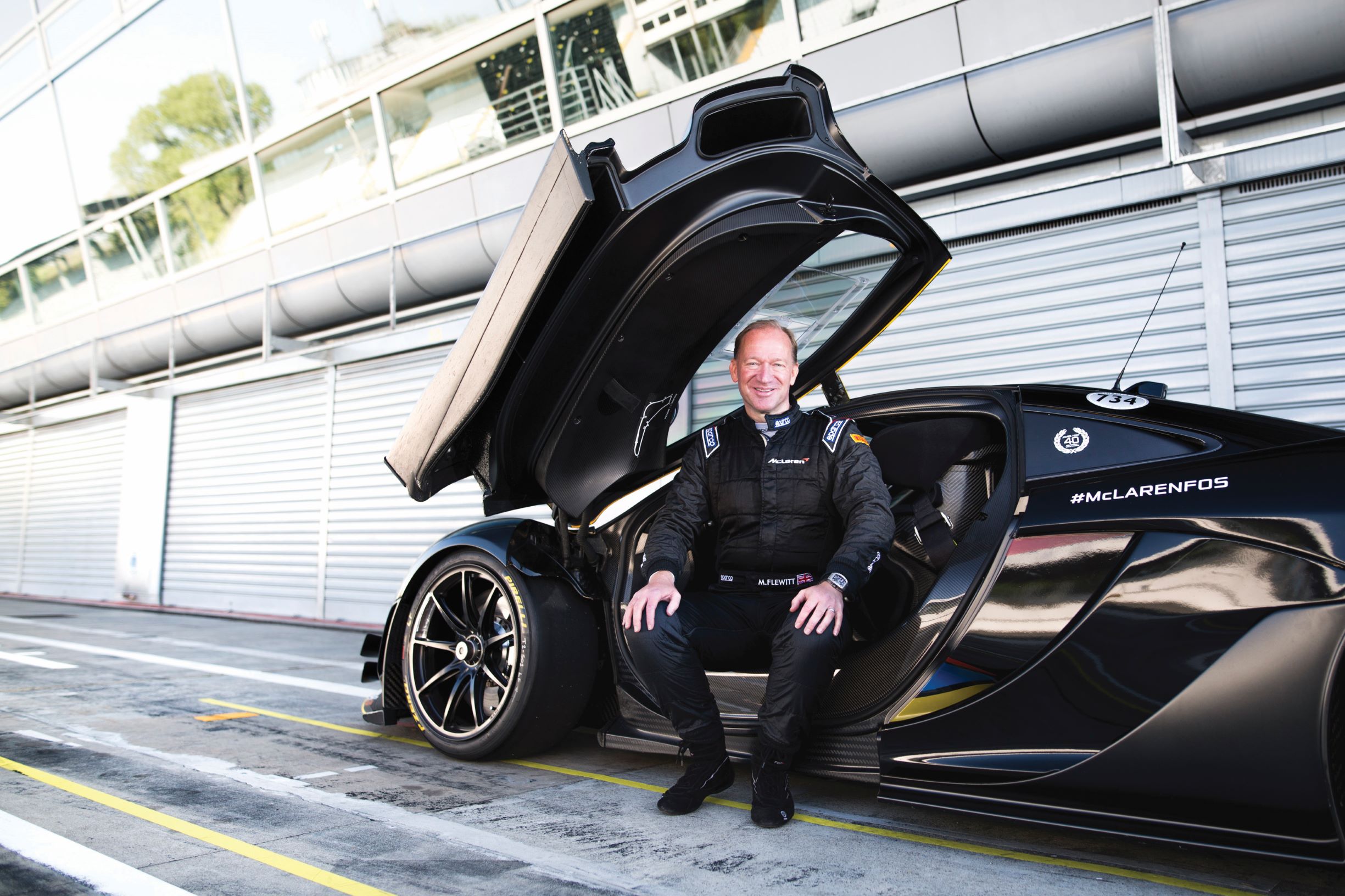
In 2016, revenues totaled about $950 million, an increase of 44 percent over the previous year. All of which is bound to put a smile on the faces of McLaren’s select group of shareholders. And while some of them are based outside the UK, McLaren is a quintessentially British brand; some would even say the last true British car brand.
“We are based in Britain,” Flewitt says. “Most of our employees are British… The heart and the character of the company are absolutely [British]. Our technology center, our production center is in the UK. We don’t build cars or develop cars anywhere other than the UK.”
Which leads us to ask if a certain British secret agent wouldn’t be best seated behind the wheel of one?
“I’ve been a James Bond fan since my dad took me to the first movie,” Flewitt tells us. “Absolutely he should be driving a McLaren. If he wants to stay ahead of everyone….”
Recapture the Flag: McLaren’s plan to get back on the F1 winner’s podium
By Nicolas Stecher
The connection between McLaren and Formula One is an unbreakable bond. McLaren Racing is not only one of the oldest active F1 teams, but also the second most successful in history—having captured 182 Formula One victories, 12 drivers’ championships and eight constructors’ championships since 1963.
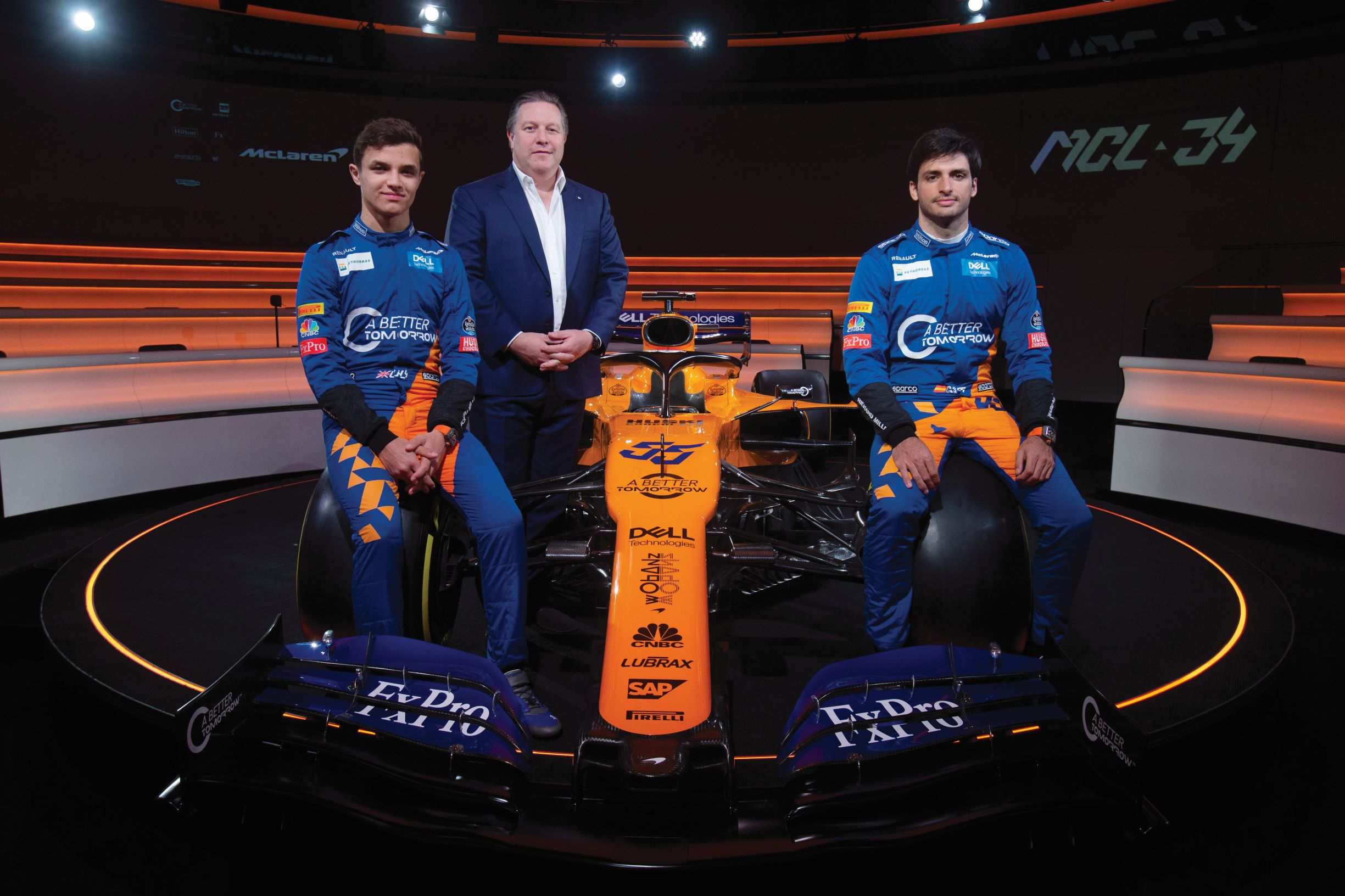
Their past roster includes giants like Emerson Fittipaldi, Fernando Alonso, Kimi Räikkönen, James Hunt, Niki Lauda, Ayrton Senna and Lewis Hamilton. Literally the pantheon of the sport.
“It’s an unbelievable job and responsibility. It’s such an iconic brand in the motor racing and automotive space, one that I grew up following,” Zak Brown, CEO of McLaren Racing, tells Maxim.
“Everyone feels like it’s a privilege to work here. I think that’s one of the things that enable us to attract such great people: the brand itself motivates people. And given that we’ve not been successful these last five years, it’s an exciting opportunity to help quarterback McLaren back to its winning ways.”
One of the most storied entities in the greatest racing series on Earth has been languishing in the mid-tiers for the last couple of years, unable to keep up with Mercedes, Ferrari and Red Bull Racing. For McLaren fans this has been nothing short of heartbreaking.
But how exactly do you turn a team around in a sport as competitive, secretive, cutthroat, and exorbitantly expensive as F1?
https://www.instagram.com/p/Byf_vTsHeMT
“One, you have to have a plan—which is a bit of a journey. You have to be aggressive with your decision making, but patient,” he explains. “You have to get the right structure first and foremost, then then populate it with the right people.”
Brown notes that major rule changes coming in 2021 should even the playing field for many of the mid-tier teams, offering them an opportunity to close the gap with the Big Three currently dominating the sport.
“It’s going to be in that 2021 to 2023 window that we would like to think we’ll take the next step in becoming more competitive, and fighting for podiums and fighting for wins,” he predicts. “And once you’re fighting for wins, you’re shortly thereafter fighting for championships.”
Our prediction? Starting chilling the champagne.
